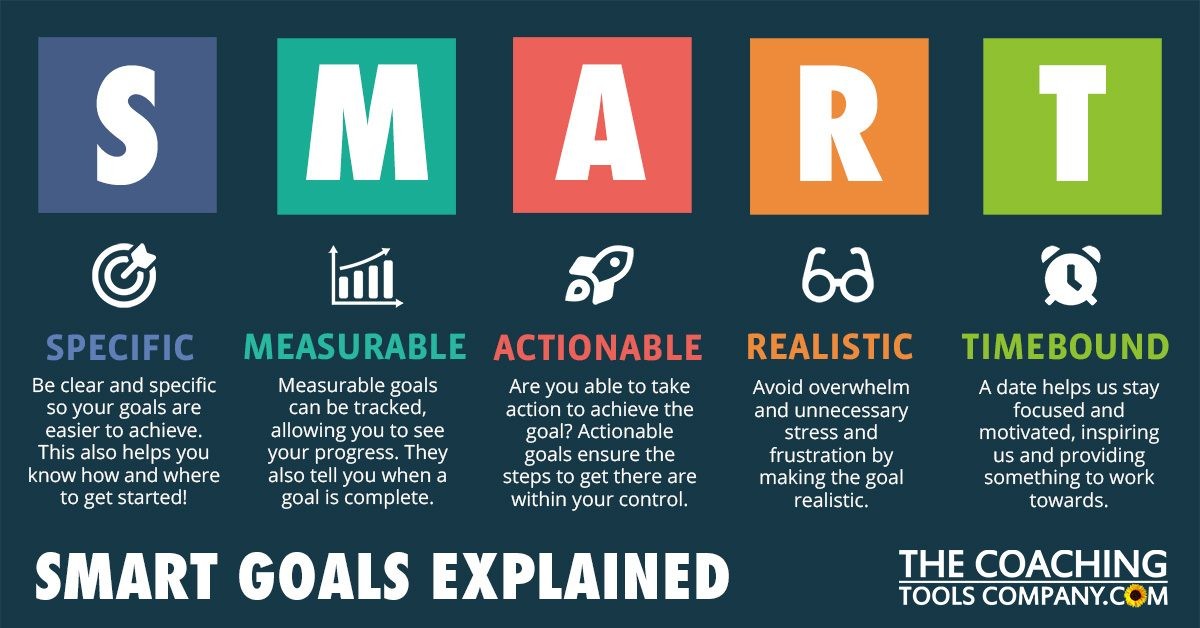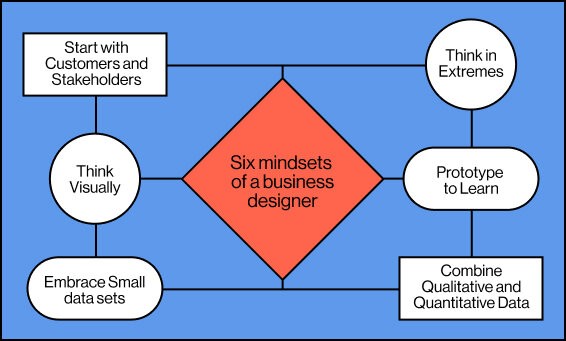In the bustling landscape of business, ambition is a potent fuel, but without a clear roadmap, even the most ambitious ventures can drift aimlessly. Many entrepreneurs and business leaders find themselves with grand visions yet struggle to translate these aspirations into actionable steps. This is precisely where the power of SMART goals comes into play. Far from being a mere corporate buzzword, SMART is a powerful, practical framework that transforms vague desires into concrete objectives, providing clarity, focus, and a measurable path to success. Implementing SMART goals throughout your business, from overarching strategic aims to departmental initiatives, cultivates a culture of accountability, drives progress, and significantly increases the likelihood of achieving desired outcomes.
The acronym SMART stands for Specific, Measurable, Achievable, Relevant, and Time-bound – each element serving as a critical filter to refine and strengthen your objectives. Let’s delve into each component to understand how they collectively build a robust goal-setting framework.
Firstly, a SMART goal must be **Specific**. Vague objectives like “increase sales” or “improve customer satisfaction” offer little guidance. A specific goal clearly defines what needs to be achieved, who is responsible, and what actions will be taken. Instead of “increase sales,” a specific goal might be “Increase online sales of Product X by acquiring 200 new customers through targeted social media advertising campaigns within the next quarter.” This level of detail eliminates ambiguity, providing a precise target that everyone involved can understand and work towards. Specificity focuses effort and prevents resources from being scattered across ill-defined pursuits.
Secondly, the “M” in SMART stands for **Measurable**. If you can’t measure it, you can’t manage it. A measurable goal includes quantifiable metrics that allow you to track progress and determine when the goal has been met. This requires identifying key performance indicators (KPIs) that directly relate to your objective. For our sales example, the measurable components are “200 new customers” and the ability to track customer acquisition specifically from “targeted social media advertising campaigns.” Measurability provides tangible evidence of progress, acts as a motivator, and enables data-driven adjustments if the current approach isn’t yielding the desired results. Without measurable criteria, success becomes a subjective interpretation rather than an objective reality.
Thirdly, goals must be **Achievable**. While it’s good to be ambitious, setting goals that are wildly unrealistic can quickly lead to demotivation and burnout. An achievable goal pushes your team beyond their comfort zone but remains within the realm of possibility given available resources, time, and capabilities. This requires a realistic assessment of your current situation, market conditions, and team capacity. For example, aiming to double your company’s revenue in a month with a small, nascent team might be unachievable. However, aiming for a 15% revenue increase over six months, with a clear strategy and allocated resources, could be perfectly achievable. The “achievable” component encourages thorough planning and resource allocation, fostering confidence rather than despair.
The fourth element, **Relevant**, ensures that the goal aligns with your broader business objectives and strategic vision. There’s no point in achieving a goal if it doesn’t contribute meaningfully to the overall success and direction of your organization. A relevant goal for our sales example would directly contribute to the company’s overarching objective of market share expansion or revenue growth. If the company’s primary strategy is cost reduction, then a sales growth goal, while valuable in isolation, might not be as relevant as a goal focused on operational efficiency. Relevance ensures that efforts are concentrated on activities that truly move the needle for the business, preventing teams from chasing objectives that are disconnected from the core mission.
Finally, every SMART goal must be **Time-bound**. A goal without a deadline is merely a wish. Setting a specific timeframe for completion creates a sense of urgency, establishes accountability, and provides a clear point by which success or failure will be evaluated. Our sales goal example clearly states “within the next quarter,” providing a precise deadline. This time constraint not only pushes action but also allows for structured planning, resource allocation within that period, and a definitive moment for review. Without a deadline, goals can languish indefinitely, losing momentum and focus.
Let’s consider another example to illustrate the holistic application of SMART goals. Instead of “improve marketing,” a SMART goal might be: “Increase website traffic from organic search by 25% by the end of Q4 2025, through optimizing existing blog content for target keywords and publishing two new SEO-optimized articles per week.” This goal is Specific (organic search traffic, content optimization), Measurable (25% increase, two articles per week), Achievable (assuming reasonable resources and existing content), Relevant (supports overall online presence and lead generation), and Time-bound (by the end of Q4 2025).
Implementing SMART goals across your organization requires communication, transparency, and regular review. Goals should be collaboratively set where possible, ensuring buy-in from the individuals responsible for their achievement. Progress should be tracked consistently, with regular check-ins to discuss challenges, celebrate milestones, and make necessary adjustments. This iterative process allows businesses to remain agile, learn from their experiences, and continually refine their approach to achieve even greater successes.
In conclusion, setting SMART goals is not just a theoretical exercise; it is a fundamental discipline for any business aiming for sustained growth and clear direction. By transforming ambiguous aspirations into Specific, Measurable, Achievable, Relevant, and Time-bound objectives, entrepreneurs and leaders equip their teams with clarity, foster accountability, and unlock the true potential of their vision. In a world of constant change, a well-defined SMART goal acts as a guiding beacon, illuminating the path forward and ensuring that every effort contributes meaningfully to the journey towards success.





